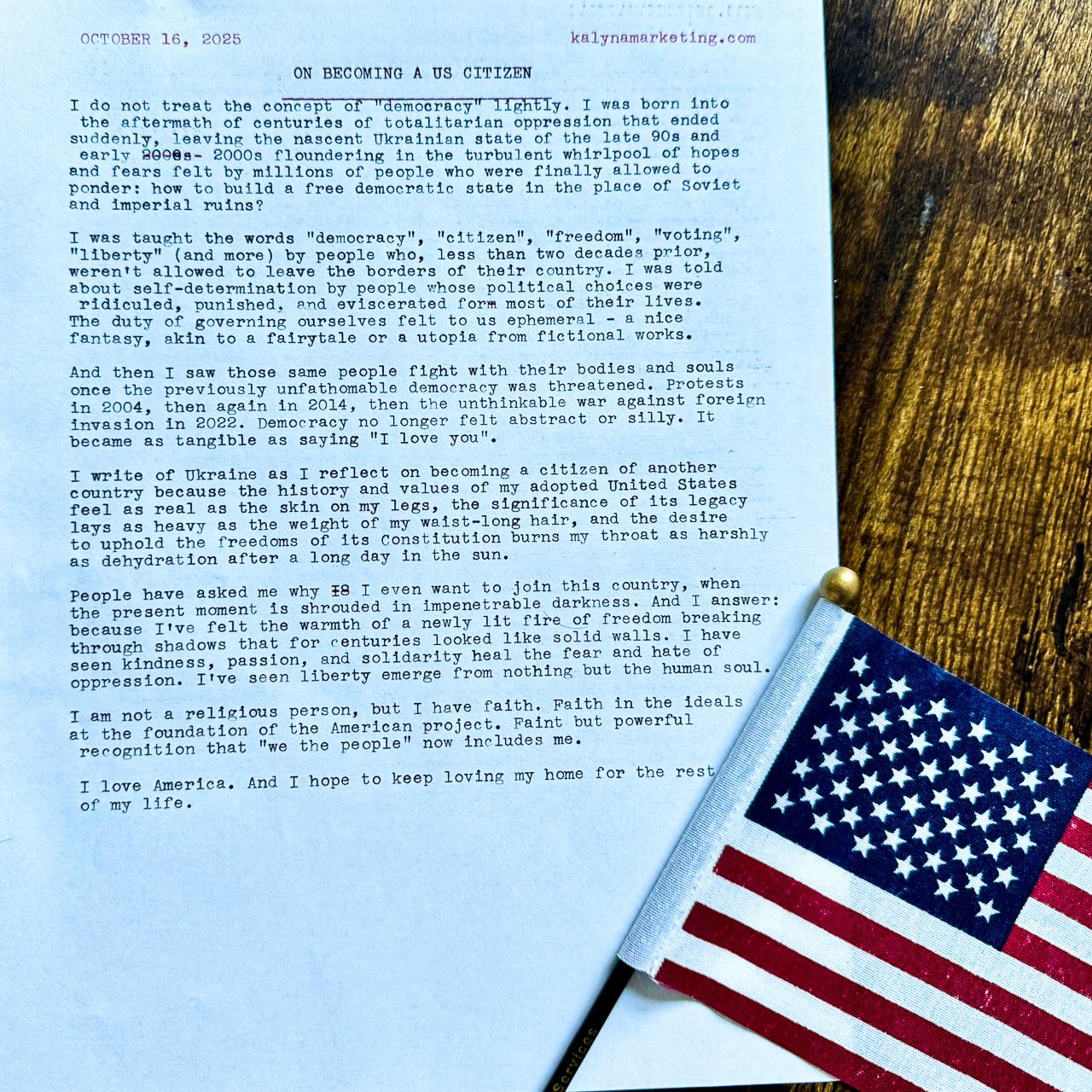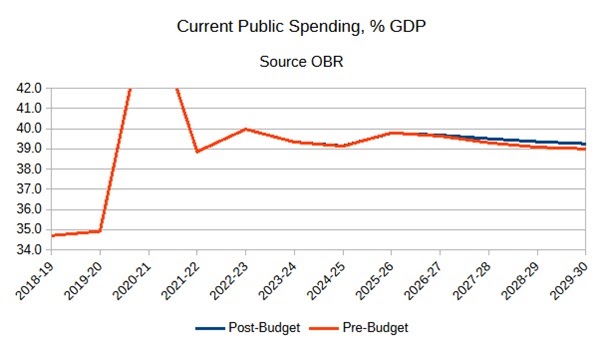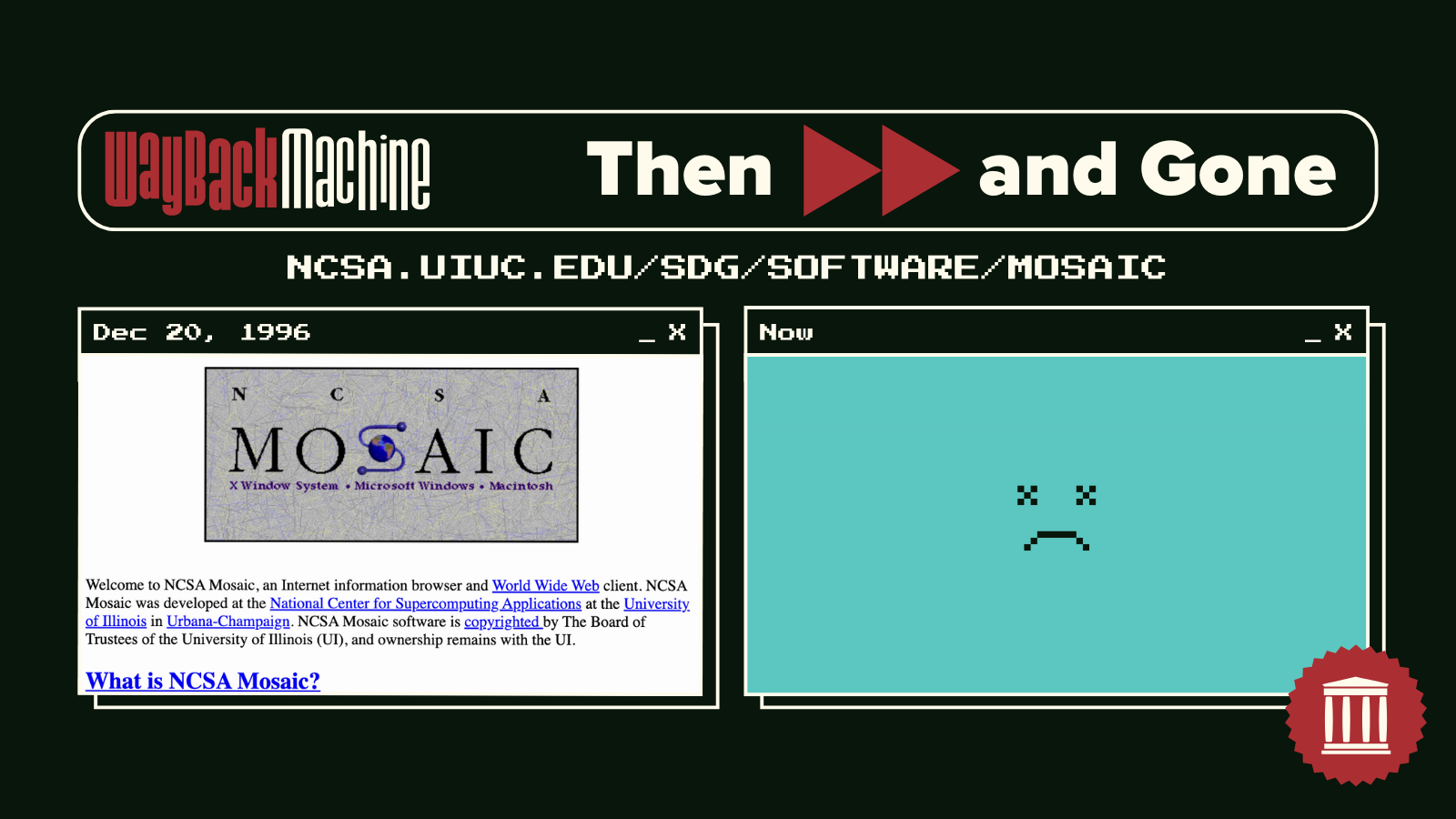2025-10-16 21:51:13
2/2 Reflection on #citizenship:
I do not treat the concept of “#democracy" lightly. I was born into the aftermath of centuries of totalitarian oppression that ended suddenly, leaving the nascent Ukrainian state of the late 90s and early 2000s floundering in the turbulent whirlpool of hopes and fears felt by millions of people who were finally allowed to ponder: how to build a free democratic state in the place of Soviet and imperial ruins?
I was taught the words "democracy", "citizen", "freedom", "voting", “liberty" (and more) by people who, less than two decades prior, weren't allowed to leave the borders of their country. I was told about self-determination by people whose political choices were ridiculed, punished, and eviscerated form most of their lives. The duty of governing ourselves felt to us ephemeral - a nice fantasy, akin to a fairytale or a utopia from fictional works.
And then I saw those same people fight with their bodies and souls once the previously unfathomable democracy was threatened. Protests in 2004, then again in 2014, then the unthinkable war against foreign invasion in 2022. Democracy no longer felt abstract or silly. It became as tangible as saying "I love you".
I write of Ukraine as I reflect on becoming a citizen of another country because the history and values of my adopted United States feel as real as the skin on my legs, the significance of its legacy lays as heavy as the weight of my waist-long hair, and the desire to uphold the freedoms of its Constitution burns my throat as harshly as dehydration after a long day in the sun.
People have asked me why I even want to join this country, when the present moment is shrouded in impenetrable darkness. And I answer: because I've felt the warmth of a newly lit fire of freedom breaking through shadows that for centuries looked like solid walls. I have seen kindness, and solidarity heal the fear and hate of oppression. I've seen liberty emerge from nothing but the human soul.
I am not a religious person, but I have faith. Faith in the ideals at the foundation of the American project. Faint but powerful recognition that "we the people" now includes me.
I love #America. And I hope to keep loving my home for the rest of my life.








